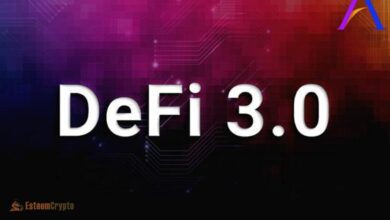DeFi 1.0 Coins: Looking on the Pioneers of Decentralized Finance
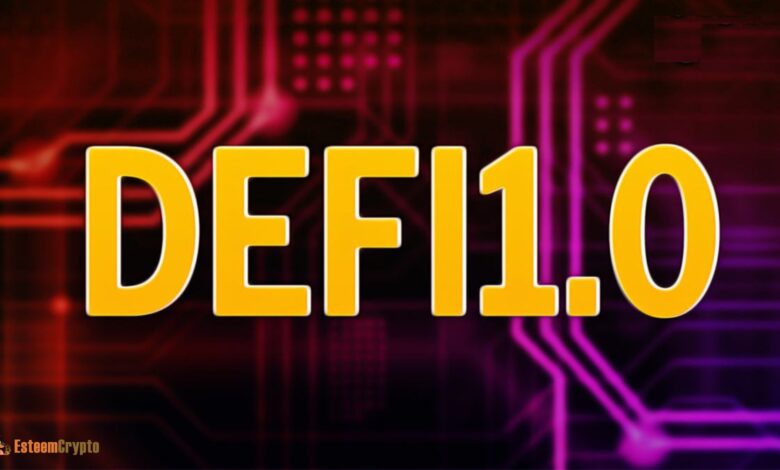
DeFi 1.0 Coins: Decentralized Finance, or DeFi, represents one of the most revolutionary movements in the blockchain and cryptocurrency space. At its core, DeFi seeks to replicate and improve traditional financial systems by leveraging blockchain technology and smart contracts. While DeFi 2.0 and beyond have introduced numerous innovations, it’s crucial to revisit the origins—DeFi 1.0 coins—that laid the groundwork for what we see today.
The Birth of DeFi
Before diving into specific DeFi 1.0 coins, it’s essential to understand the context in which they emerged. The financial world was shaken by the 2008 global economic crisis, revealing significant flaws in the traditional banking system, including a lack of transparency, centralization, and susceptibility to failure. Bitcoin, created in 2009, was the first response to this crisis, offering a decentralized, peer-to-peer digital currency.
However, Bitcoin, while revolutionary, was primarily focused on being a digital form of money. The concept of programmable money, which could execute more complex financial transactions, required more than just a decentralized ledger. This is where Ethereum came into play.
Launched in 2015, Ethereum introduced smart contracts, self-executing contracts with the terms of the agreement directly written into code. This innovation opened the door for decentralized applications (dApps) and, ultimately, the DeFi ecosystem. By 2017, the DeFi movement began to take shape, with various projects emerging to offer decentralized alternatives to traditional financial products.
Key DeFi 1.0 Coins
MakerDAO (MKR and DAI)
One of the earliest and most significant DeFi projects is MakerDAO, which was launched in December 2017. MakerDAO introduced the concept of a decentralized stablecoin, DAI, which is pegged to the US dollar but backed by cryptocurrency rather than fiat. The MKR is the governance token, allowing holders to vote on protocol changes and risk parameters.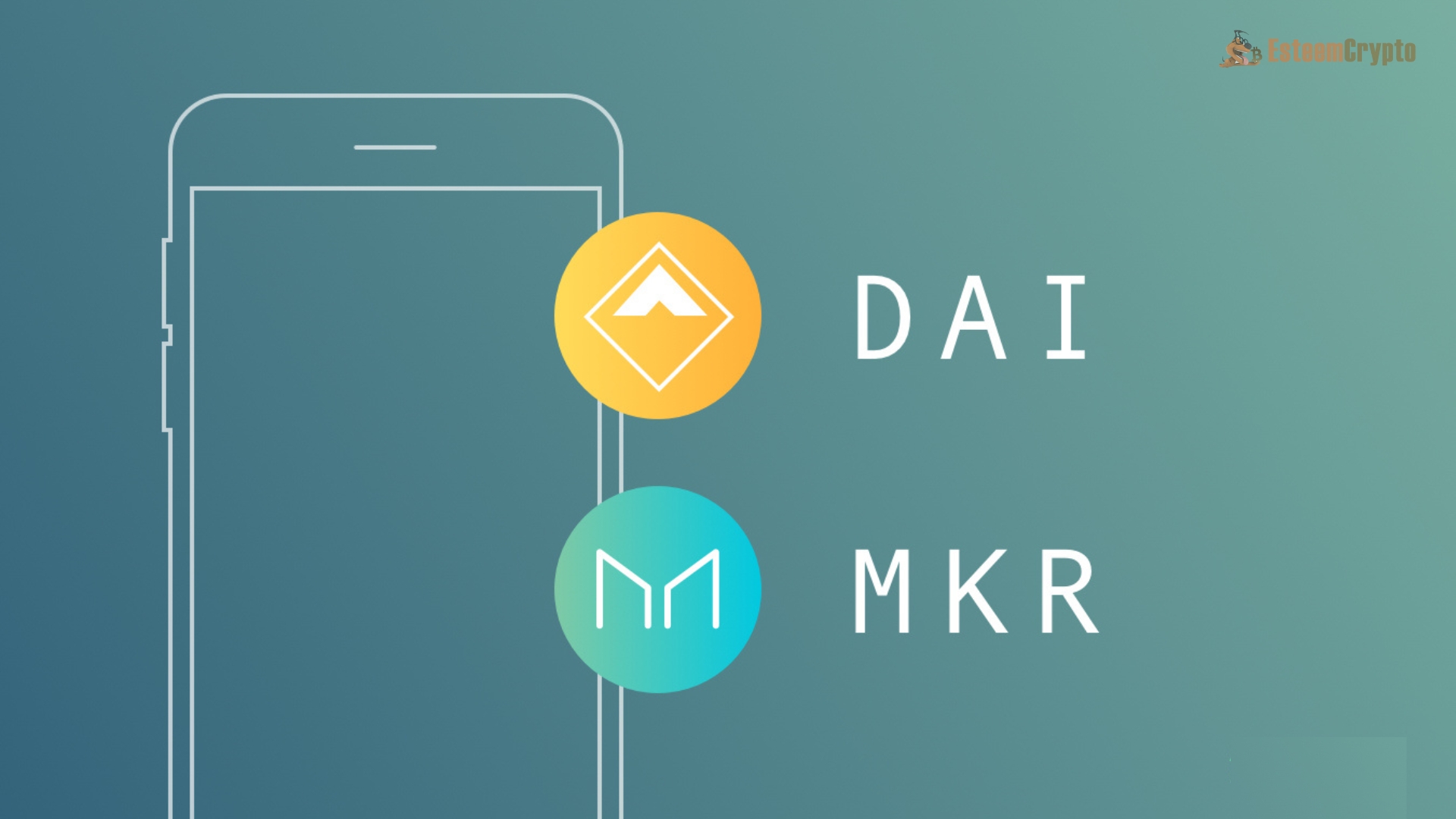
MakerDAO’s significance lies in its role as a foundational pillar of the DeFi ecosystem. It provided a stable medium of exchange and a reliable store of value within the volatile crypto market, enabling other DeFi projects to build on its platform. DAI’s stability made it a preferred choice for lending, borrowing, and trading, while MKR’s governance model set a precedent for decentralized decision-making.
Uniswap (UNI)
Uniswap, launched in November 2018 by Hayden Adams, revolutionized how we trade cryptocurrencies. Before Uniswap, decentralized exchanges (DEXs) faced numerous challenges, including low liquidity and poor user experience. Uniswap introduced an automated market maker (AMM) model, allowing users to trade tokens directly from their wallets without relying on traditional order books.
The UNI token, introduced in September 2020, became a governance token for the Uniswap protocol, giving holders a say in the platform’s future development. However, Uniswap’s impact on the DeFi space cannot be overstated; it democratized access to liquidity and allowed any token to be listed and traded without permission, spurring a wave of innovation and experimentation.
Aave (AAVE)
After launching in 2017 under ETHLend, Aave relaunched in 2018 to become a leading DeFi lending technology. Aave is a decentralized platform that lets individuals borrow and lend cryptocurrency. The protocol introduced several innovations, including flash loans—unsecured loans that must be repaid within a single transaction block, opening up new possibilities for arbitrage and other strategies.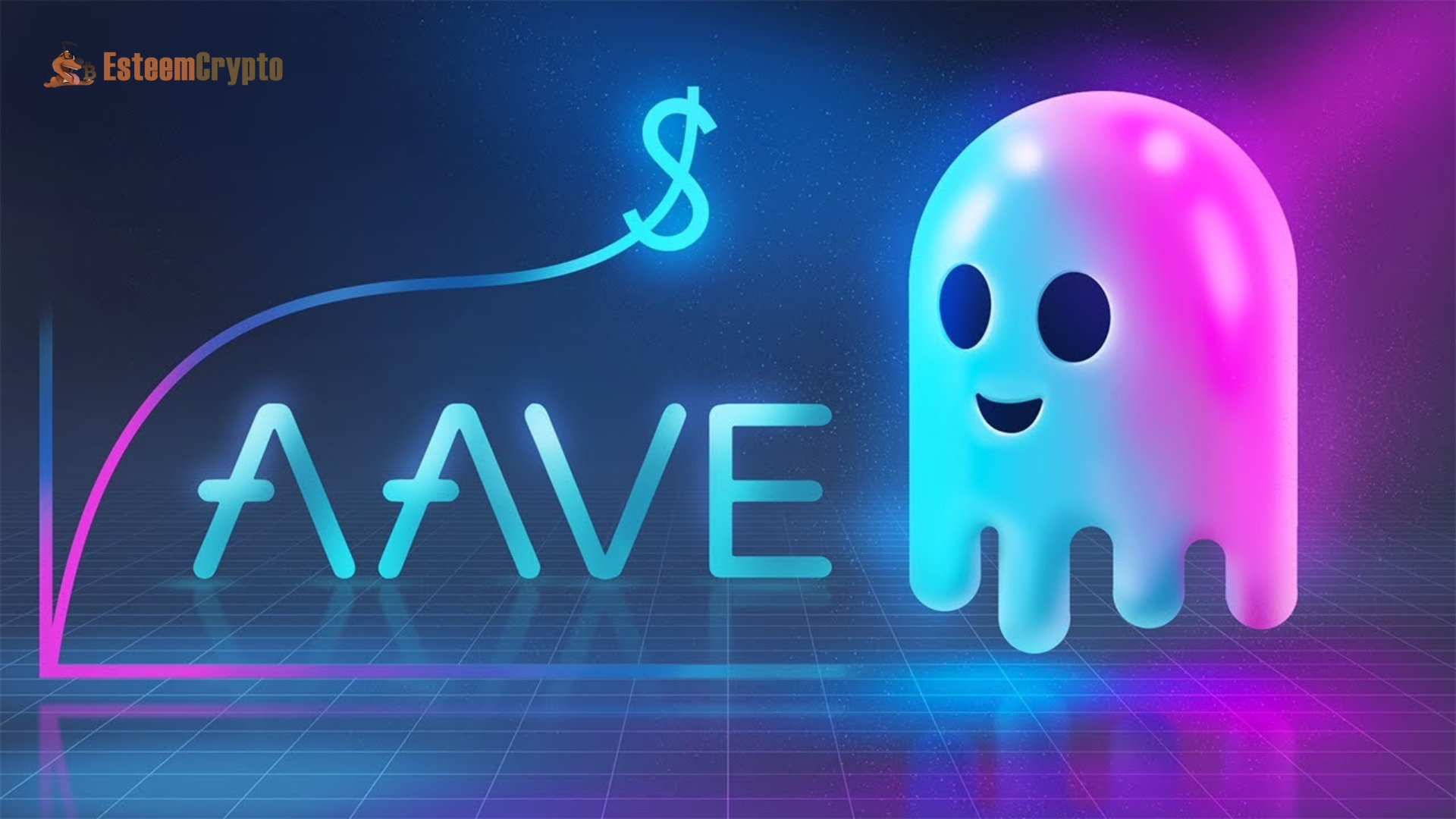
The AAVE token, initially a simple ERC-20 token, later evolved into a governance token, enabling holders to vote on protocol upgrades and new features. Aave’s flexibility, security, and user-friendly interface have made it a cornerstone of the DeFi ecosystem, attracting billions in total value locked (TVL) at its peak.
Compound (COMP)
Compound, launched in September 2018, is another crucial player in the DeFi 1.0 era. Similar to Aave, Compound allows users to lend and borrow cryptocurrencies. However, what set Compound apart was its innovative liquidity mining program, introduced in June 2020, which distributed COMP tokens to users based on their activity on the platform.
This model incentivized participation and rapidly grew Compound’s user base and TVL. The COMP token also serves as a governance token, empowering the community to propose and vote on changes to the protocol. Compound’s success popularized the concept of yield farming, where users maximize their returns by actively managing their assets across multiple DeFi platforms.
Synthetix (SNX)
Synthetix, launched in 2018, is a decentralized synthetic asset platform that allows users to create and trade synthetic assets. Synthetic assets are tokens that track the value of real-world assets, including currencies, commodities, and stocks. The SNX token is used as collateral for these synthetic assets and plays a crucial role in the platform’s governance.
However, Synthetix’s innovation lies in its ability to bring traditional financial instruments into the DeFi world, exposing users to a wide range of assets without holding the underlying asset. This approach has opened up new opportunities for diversification and risk management within the crypto space.
Yearn.Finance (YFI)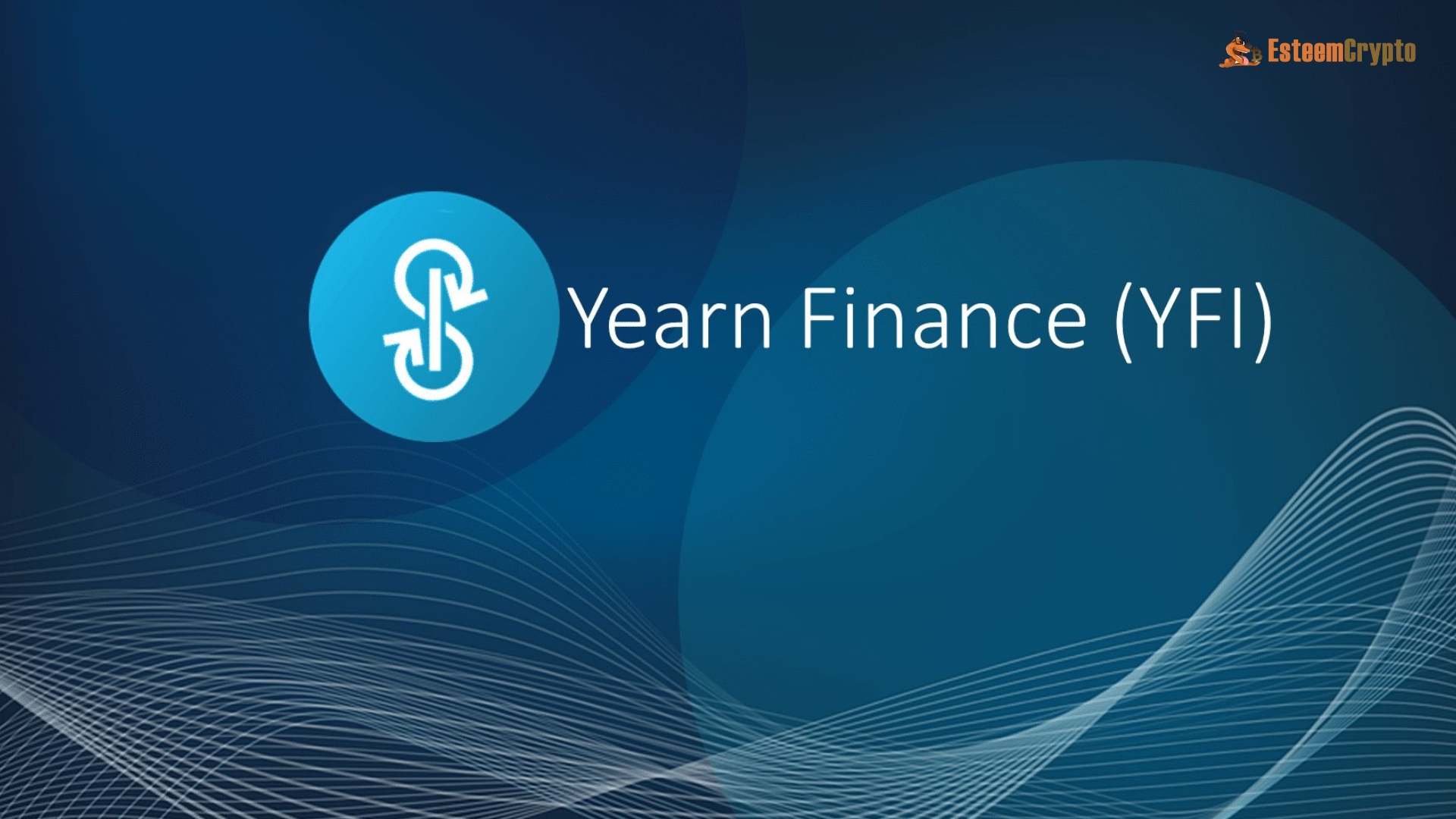
Yearn.Finance, launched in July 2020 by Andre Cronje, is a yield aggregator that automates finding the highest yield across different DeFi protocols. Despite being a latecomer compared to the other DeFi 1.0 projects, Yearn quickly gained popularity due to its innovative approach and the fact that YFI, its governance token, was distributed with no pre-mine or ICO, making it one of the most decentralized tokens in the space.
However, Yearn’s success underscored the growing importance of yield optimization in DeFi and highlighted the value of automation and aggregation in managing complex DeFi strategies.
The Legacy of DeFi 1.0 Coins
DeFi 1.0 coins laid the foundation for the decentralized finance movement, introducing key concepts such as decentralized governance, automated market making, synthetic assets, and yield farming. These projects demonstrated that creating financial products and services without intermediaries was possible, offering greater transparency, security, and accessibility.
While DeFi has continued to evolve, with newer projects building on the successes and lessons of these pioneers, the impact of DeFi 1.0 coins remains profound. They have paved the way for subsequent innovations and established the principles and frameworks that continue to guide the development of decentralized finance.
As the DeFi space grows and matures, these early projects will likely be remembered as the true pioneers who turned the vision of decentralized finance into a reality. Whether they continue to dominate the market or give way to newer innovations, their legacy is secure in the annals of blockchain history.


